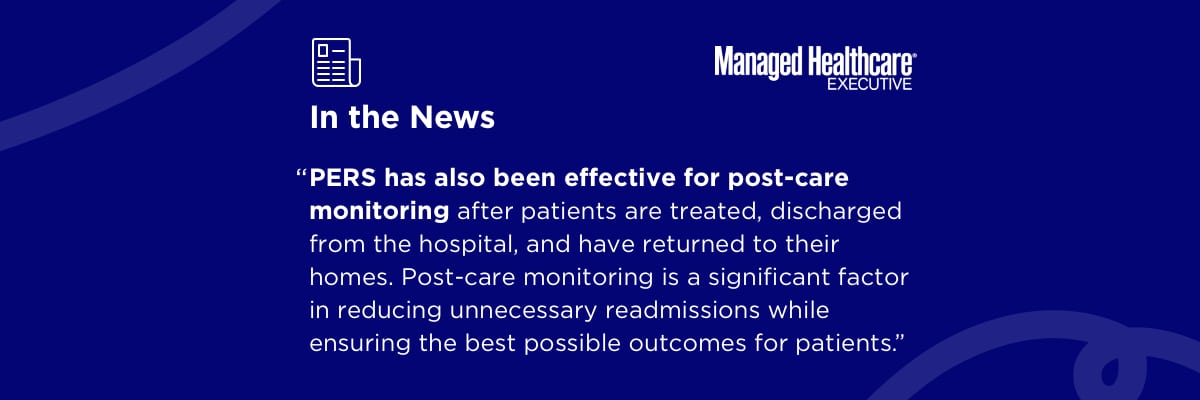America’s aging population poses a risk to the country’s healthcare spending, with seniors facing chronic conditions. With more than 10,000 Americans turning 65 each day, this number is set to double in the coming decades. Healthcare providers face a significant burden as the baby-boom generation ages and the number of individuals with chronic diseases increases.
How PERS is Helping
To address the issue, healthcare providers have implemented personal emergency response systems (PERS). PERS is known for providing fall detection services for seniors who wish to live independently at home but can also be used to signal for help in emergencies or for post-care monitoring after patients are discharged from the hospital. A quantitative data analysis of over 211,000 medical alert calls found that PERS can reduce unnecessary care utilization, reducing readmissions, ED visits, and overall hospitalization costs.
Studying PERS Impact on the Senior Population
The study results showed a significant reduction in readmissions, ED visits, and overall hospitalization costs, including a 68% decrease in 90-day readmissions with a corresponding triple decrease of proportion in patients with any 90-day readmission, a 53% decrease in 180-day readmissions, a 49% decrease of 180-day EMS encounters, and a 31% decrease in hospitalization costs. For healthcare organizations and payers, these findings demonstrate that PERS technology can predict high-risk individuals and facilitate preventive interventions that significantly reduce readmissions, ED visits, and overall hospitalization costs. Read the full article.

